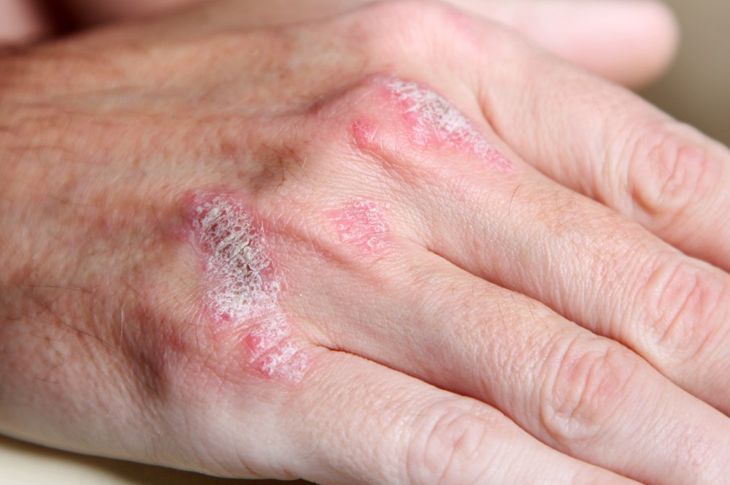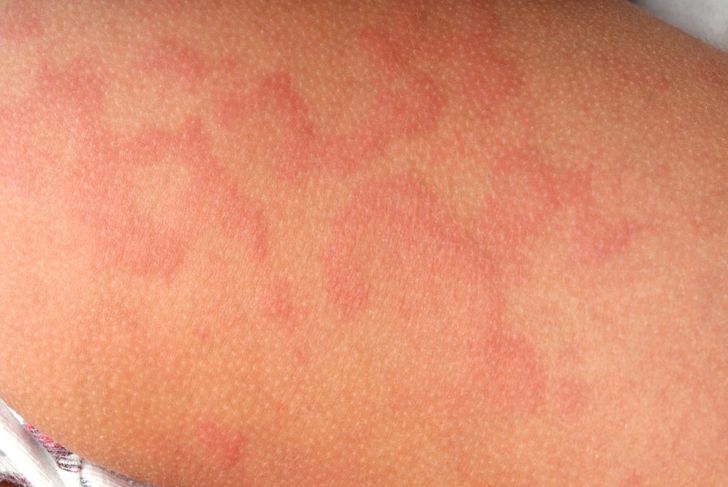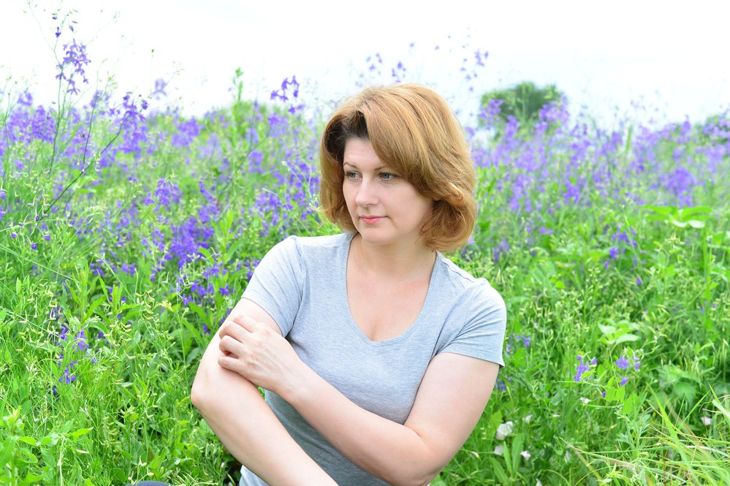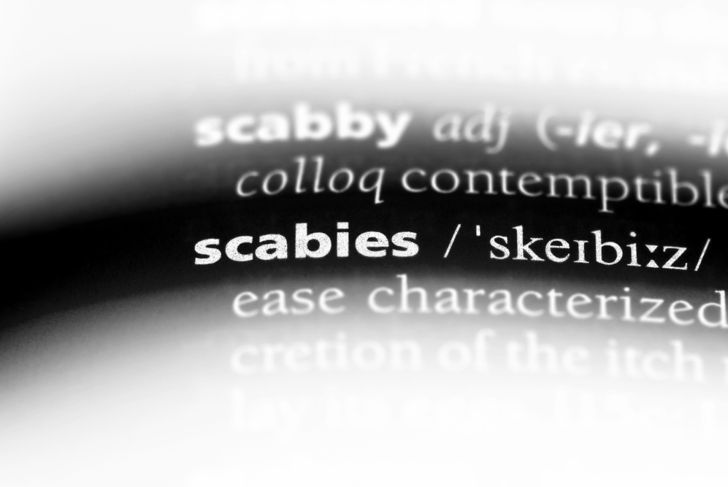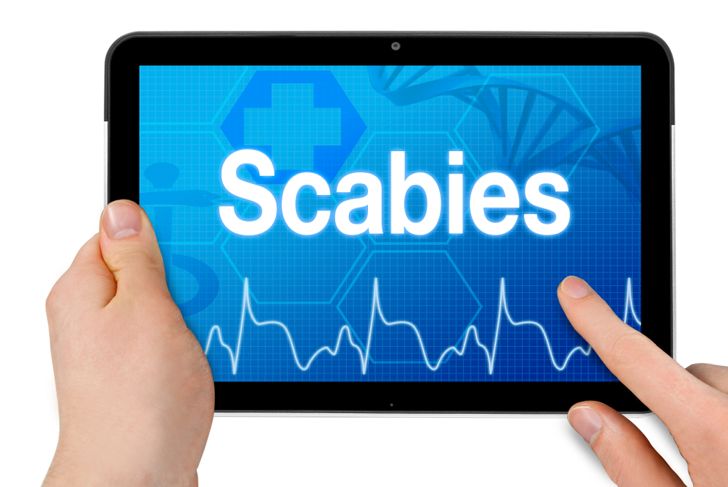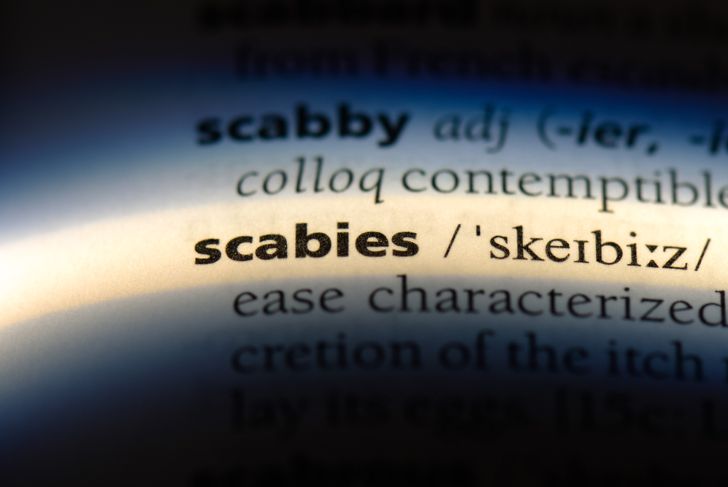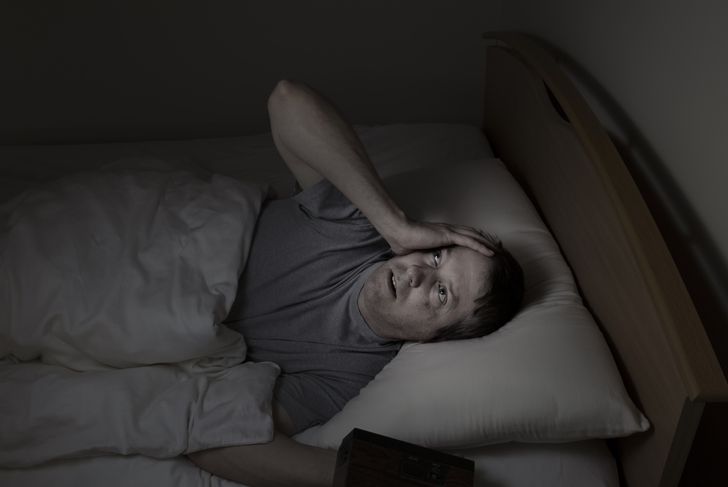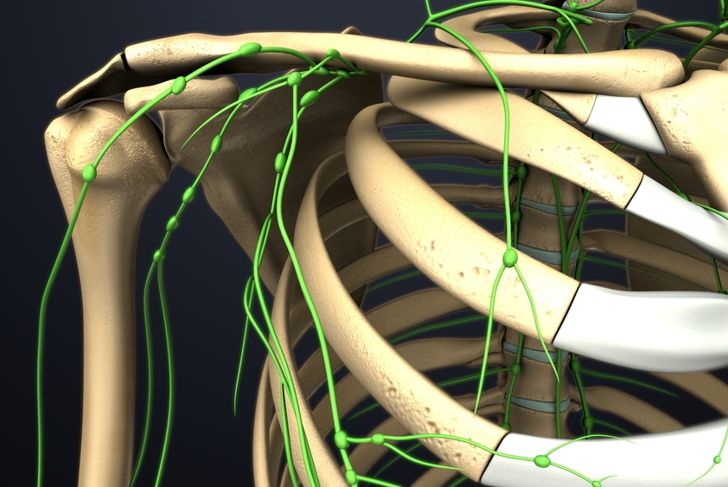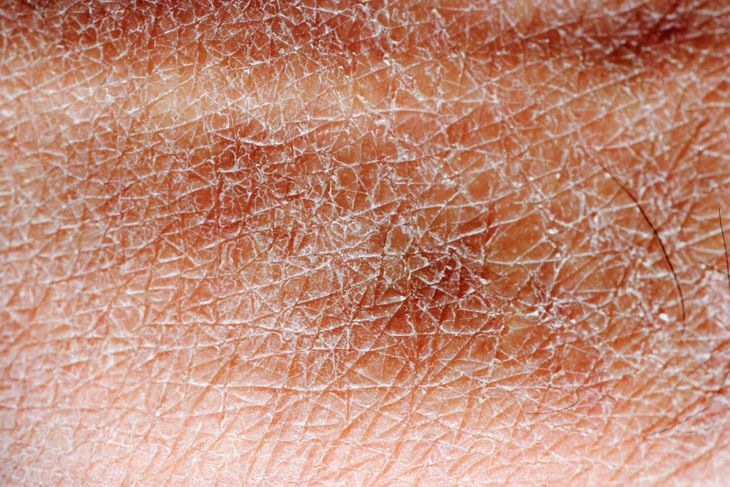The female mite Sarcoptes scabiei is the offender behind scabies, an uncomfortable but treatable condition. Symptoms take from two to six weeks to show up after exposure. People who have had scabies before may develop the symptoms more quickly the next time, in as little as four days. Since scabies is contagious, immediate treatment is ideal. Scabies is typically transmitted through physical contact with a contaminated person or item and spreads rapidly in schools and sports teams. The spread of scabies can also occur through sexual contact.
Rash
Most people with scabies develop a rash that may have a pimple-like appearance or look like hives, knots under the skin, or tiny bite marks. The rash may also present as scaly patches. Scabies rashes usually occur in the finger webs, wrists, elbows, back, feet, buttocks, and outer genitalia. In children and those with low immunity, the rashes may appear on the face, neck, palms, soles of the feet, and scalp, and burrow-like formations may accompany them.
Burrows
Burrows are a classic sign of scabies. The tiny, gray, irregular tracks on the skin are created as the adult mites tunnel under the epidermis. They are usually linear or s-shaped and occur in the same areas as the rash. Women may also notice burrows under the breasts. Burrows are very distinctive and easy to identify, but may not appear in mild infections, which makes milder forms more difficult to diagnose; doctors may mistake symptoms for hives or eczema.
Itching
Itching is the most common, typical, and early sign of scabies. It often begins before the appearance of rashes or burrows and affects the infected limbs and trunk. Scabies is less common on the head and neck. Itching in these areas, particularly if it occurs during the day, is more likely due to lice. Itching due to scabies is usually severe and tends to intensify during the night, interrupting sleep. People with crusted scabies may experience only minor itching. For others, itching may persist for several days after successfully treating the rash.
Sores
Raised, bumpy sores may also accompany a scabies rash. Picking at these can increase the risk of scarring, increase healing time, and make the virus more likely to spread. Scratching can also lead to secondary bacterial infections. Topical creams and lotions can help the scars fade gradually. Healing from scratches and deep sores will take time.
Redness
The presence of small red bumps typically accompanies extreme itchiness from scabies. In rare cases, a low-grade fever can develop as well, which can indicate a secondary bacterial infection. Secondary infection is more frequent in children and people with a weakened immune system. Anyone with scabies who develops fever should see a doctor immediately.
Crusting of Skin
Crusted scabies is a severe form of the infection. It indicates infection from hundreds of mites as opposed to the more common 15 to 30. The most distinctive symptom of crusted scabies is the formation of thick, widespread crusts, usually on the hands, wrists, between fingers and toes, elbows, breasts, and scrotum. These crusts are gray and may crumble upon touching. Crusted scabies is more common in people with weakened immune systems. Older people, those who are disabled, people with immune deficiencies, and patients recovering from surgery or organ transplant are at higher risk. Crusted scabies needs fast and aggressive treatment, as the risk of complications is higher. In addition, crusted scabies is highly contagious.
Restless Sleep
Restless sleep is a common side effect of scabies. Itching tends to increase at night, reducing the ability to get a deep and full sleep. One theory that seeks to justify the link between scabies symptoms and poor sleep suggests the mites are primarily nocturnal. Their increased action during these hours intensifies itching, making it almost impossible to get comfortable.
Rapid Weight Loss
Rarely, a person with scabies loses their appetite due to the constant itching, leading to weight loss. This is an uncommon symptom, and when it happens, it is important to look for another cause unless the individual is experiencing many symptoms of scabies. It is most likely a person will already have been diagnosed due to other symptoms before this sign becomes apparent.
Swollen Lymph Nodes
Crusted scabies can result in swollen lymph nodes, but this is uncommon in milder forms of the condition. Lymph nodes are oval-shaped nodules that produce antibodies — they are the body’s defense against irritants and invaders. The nodes nearest to the scabies infection may swell and become tender. For example, an individual with a scabies rash by the right elbow could experience swelling of the nodes in the right chest, arm, and armpit. Swollen lymph nodes may be another sign the rash is secondarily infected with bacteria.
Secondary Infections
Scabies can lead to secondary skin conditions when a person scratches a rash to the point of breaking the skin, thus making the wounded area more vulnerable. In severe cases, the mites may hamper the body’s ability to fight off bacteria, further increasing the chance of infection. To prevent or reduce the chance of a secondary infection, people with scabies should do their best to refrain from scratching.

 Home
Home Health
Health Diet & Nutrition
Diet & Nutrition Living Well
Living Well More
More